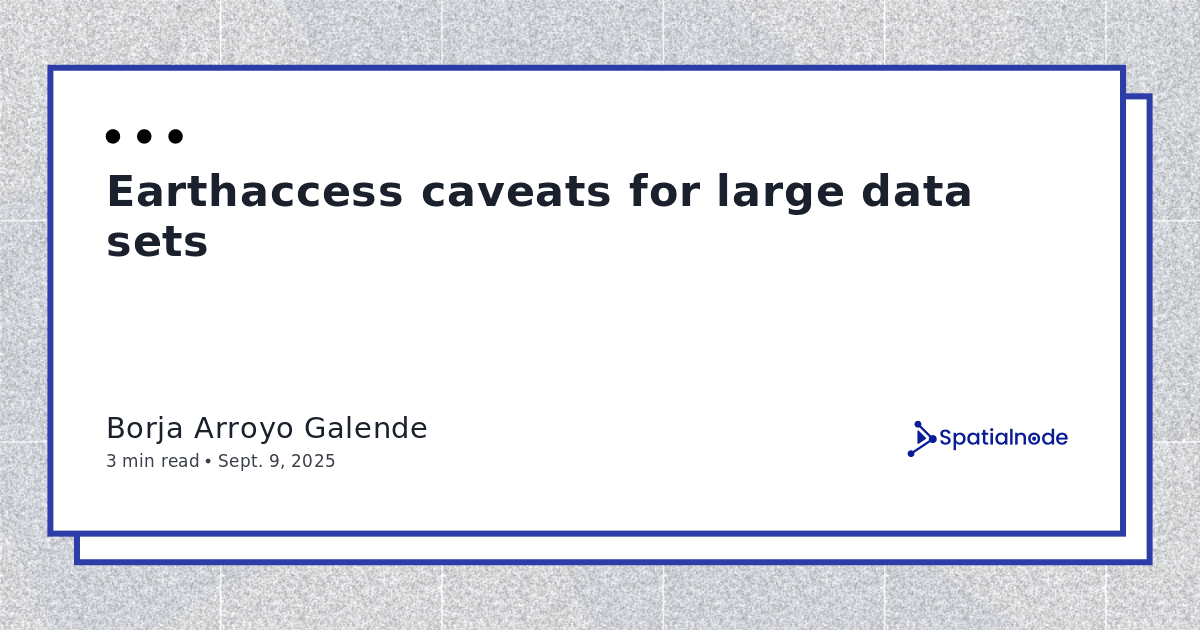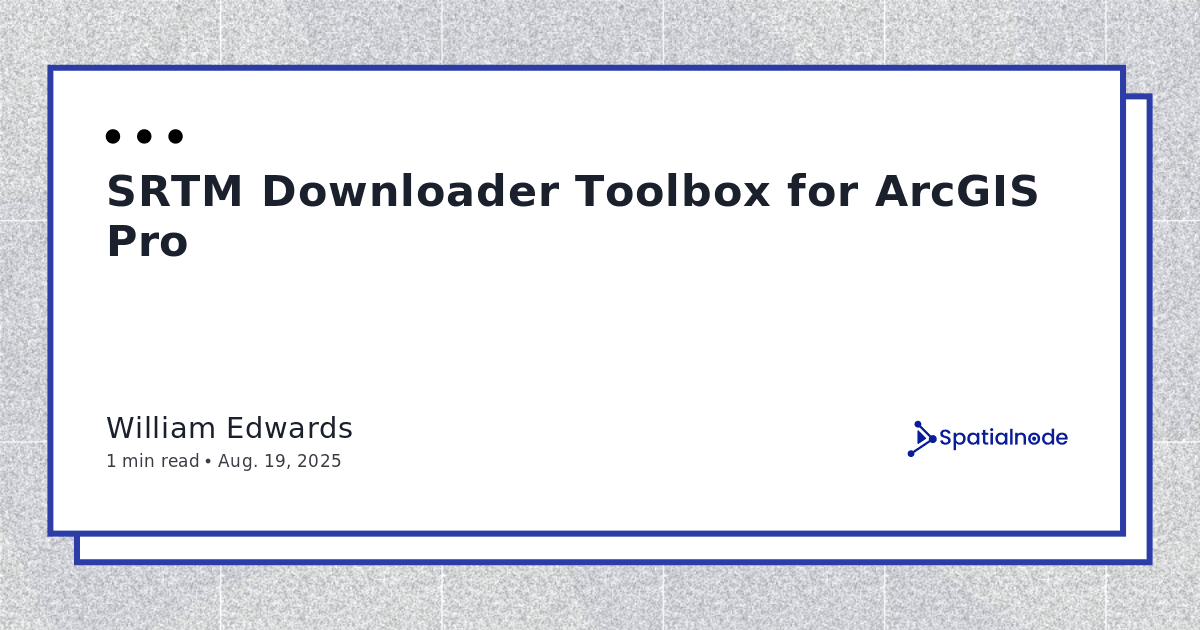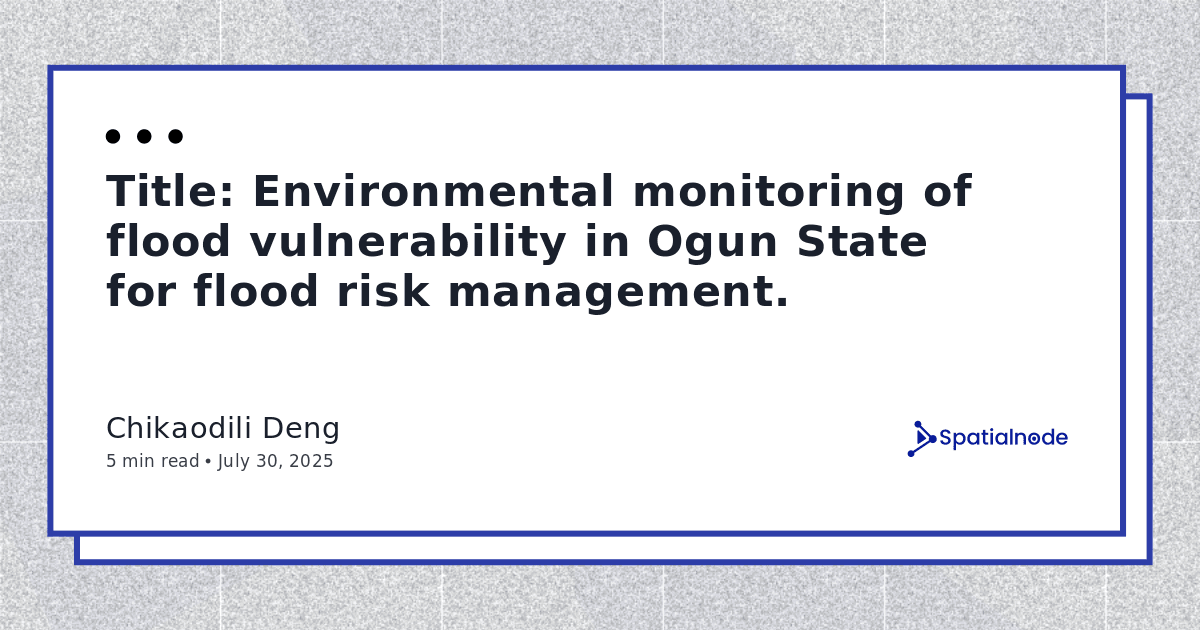Introduction
Despite the abundance of information available online on various topics across different industries, the ease of access can be overwhelming for beginners. This is especially true for those who are just starting to learn about foundational geospatial theories in the GIS industry. With so much information available, it can be difficult to filter out the most important information and know where to begin. As a result, many beginners in the GIS industry struggle to find the right resources and information to start their learning journey.
However, before we dive into explaining how to learn GIS, it is also important to understand what GIS and the geospatial industry entails
The geospatial industry is a multi-dimensional industry that is made up of research and academic institutions, governmental parastatals and agencies, profit and non-profit companies, private and public institutions that uses and employ the use of location intelligence and geospatial technology to solve problems, and also, formulate policies in a sustainable way.
These industries rely on GIS to effectively operate and develop policies. GIS, as defined by multiple experts, is a powerful system that enables the capture, storage, and visualization of spatial information pertaining to the Earth and its inhabitants. What sets GIS apart is its ability to accommodate various types of data within its framework, making it a multi-dimensional tool. For instance, demographic data like population density, education level, and income level can be seamlessly represented and stored in GIS.
GIS Components
GIS is made up of several components such as software, hardware, people, data, and methods. The integration of these components is what enables the system to effectively solve problems.
Hardware
This is the component on which the computer system which operates on, it ranges from GPS devices, data collection instruments, computers others. The choice of the sophistication of the hardware depends on the intended applications.
Softwares
GIS software provides the enabling environment and tools required to edit, analyze, store, visualize, and present spatial and geographic data. The software components provide the tools for spatial data entry and manipulation, creation, and management of spatial databases, and tools that also support spatial queries of all forms. They also provide a graphical user interface that enables users to access these tools effectively. Some of these software include QGIS, ArcGIS, and GRASS GIS among several others.
Data
Spatial and non-spatial data are one of the most central and essential components of a GIS. A GIS essentially integrates spatial and non-spatial data, storing them in a database for manipulation and visualization.
People
Also central to the deployment of a GIS are the people who manage and develop tools, plans, and systems using GIS to solve problems. This includes GIS technicians, analysts, developers, and even others who are non-GIS savvy.
Methods
GIS is methodologically driven. It operates based on well-defined methods for querying, editing, analyzing, and storing geospatial data.
Where to learn GIS?
There are several avenues and platforms where learning GIS in an organized and effective manner can be achieved. These avenues including books, E-learning platforms, workshops, conferences, mapathons etc have increased over the years, providing seamless access with a low barrier for GIS students and enthusiasts all over the world.
However, it is essential to compare and evaluate these learning avenues, to properly employ them without access to ensure the right results are gotten
Formal Education
Although learning has been largely decentralized on the Internet, a proper formal education program offers a structured and well-designed curriculum to provide a comprehensive understanding of GIS and its relevant components. These structured education programs are structured in a sequence following a logical progression, starting with fundamental concepts and theories around geography, the environment, computer systems, GPS, and spatial data and gradually advancing to more complex topics. This structure ensures that GIS enthusiasts and students acquire a solid and holistic understanding of GIS principles, theories, systems and components.
The presence of expert guidance and mentorship in a formal education structure also provides an advantage over other learning avenues. Qualified academics with industry and research experience can provide valuable insights, and industry practical knowledge that all enrich the learning experience. Access to state-of-the-art tools and resources also aids and hasten the learning process in formal education channels. These structures provide access to open and proprietary GIS softwares, enabling them to gain hands-on experience with industry-standard tools.
Books
Undoubtedly the oldest and one of the most effective means of learning anything in the world. Books have served and are still serving as resourceful tools by which individuals have learnt basic and advanced concepts in the geospatial domain. For several decades, different authors have published books covering foundational, core, and advanced GIS theories. Some of these books provide comprehensive explanations, case studies, applied knowledge, and case studies which improve the ease of understanding GIS principles and theories.
For basic GIS principles: Essentials of Geographic Information systems , GIS: A Computing Perspective, GIS Fundamentals: A First Text on Geographic Information Systems.
Advanced topics: Getting to Know Web GIS, Spatial Database for GPS Wildlife Tracking Data
Photo byClay Banks onUnsplash
E-learning platforms
E-learning platforms have emerged as popular options for learning virtually anything, including GIS and its components. These e-learning platforms such as Udemy, Coursera, Udacity, Esri, and others provide online courses and tutorials, enabling students learn at their own self-timed pace and at convenience. E-learning platforms often offer a wide range of GIS topics and cater to different skill levels. They incorporate multimedia elements, such as videos, interactive exercises and tasks, and quizzes, to enhance the learning experience. These platforms also provide opportunities for hands-on practice through virtual labs and real-world projects.
Additionally, these platforms also provide students with certifications as proof to the world of the learning experience. Fundamentally, the exercise and tasks assigned through these learning avenues provide students with potential portfolio projects to showcase to potential employers in their career and learning journey.
Photo byRubaitul Azad onUnsplash
Notebooks and documentations
Popular in the data science domain are notebooks. As geospatial data science is an integral component of GIS, notebooks, and documentation serve as repositories for analyzing, organizing, and documenting GIS project workflows. They provide a structured outline of methodologies, data sources, analytical steps and results derived. Notebooks support the principles of research reproducibility and open science, by enabling students to reproduce analyses and validate other researchers' findings and contributions.
Workshops and conferences
“People” are a fundamental component of a GIS, which is why conferences and workshops provide essential and valuable learning experiences by bringing different individuals together, which includes GIS professionals, enthusiasts, and experts ranging from analysts, technicians, developers, and others. Workshops provide enhanced and increased collaborative experience where participants can engage in practical hands-on exercises and tasks, problem-solving challenges, and industry-themed discussions. These workshops essentially focus on specific GIS topics and applications, providing participants with real-life experience from professionals and well-experienced instructors. GIS conferences also offer a wider perspective on topics in the Geospatial industry by featuring keynote speakers and presentations, panel discussions, and essentially research paper presentations from industry thought leaders and professionals. Some conferences such as the Esri User Conference, FOSS4G etc. provide participants with latest advancements in geospatial technologies, and emerging trends and also gives room for networking with other professionals.
Mapathons
The GIS industry is an application-focused and community-driven industry. Mapathons enable this effectively, by ensuring the combination of learning and practical contributions to mapping projects. Usually, mapathons involve a team of dedicated volunteers who come together to edit, create and update map data. Mapathon events have been used for humanitarian and environmental causes contributing to real-life problems and solving issues such as with Hotosm mapping tasks.
These events provide a collaborative learning environment where contributors and participants can learn while making an important impact in the world.
Steps to take
Join a community
Joining a community of like-minded GIS enthusiasts is an important step to take in the learning journey. GIS and geospatial communities enable GIS enthusiasts to partake and engage in a collaborative learning experience, interacting with co-peers, experts and professionals in the industry. This is essential, as this sort of collaboration increases creativity and enlarges the knowledge horizon through the exploration and study of new and emerging GIS concepts and trends. For a community like Spatialnode, individuals share geospatial projects and stories helping others stay up-to-date with the latest advancements, skills to learn and a wide range of possibilities in the GIS industry.
Share and document your learning journey
Sharing and documenting your GIS learning journey online is highly recommended as it offers numerous benefits. Not only does it contribute to maintaining consistency in your progress, but it also provides an opportunity to seek mentorship from experienced individuals who have walked the same path before. When you achieve significant milestones, such as creating your first map, it's essential to share it across various channels and actively seek quality feedback. This not only helps in solidifying your knowledge and skills but also allows you to receive valuable insights and suggestions from the GIS community. By consistently sharing your work and engaging with others, you create a platform for continuous growth and improvement in your GIS learning journey.







.jpeg&w=3840&q=75)

